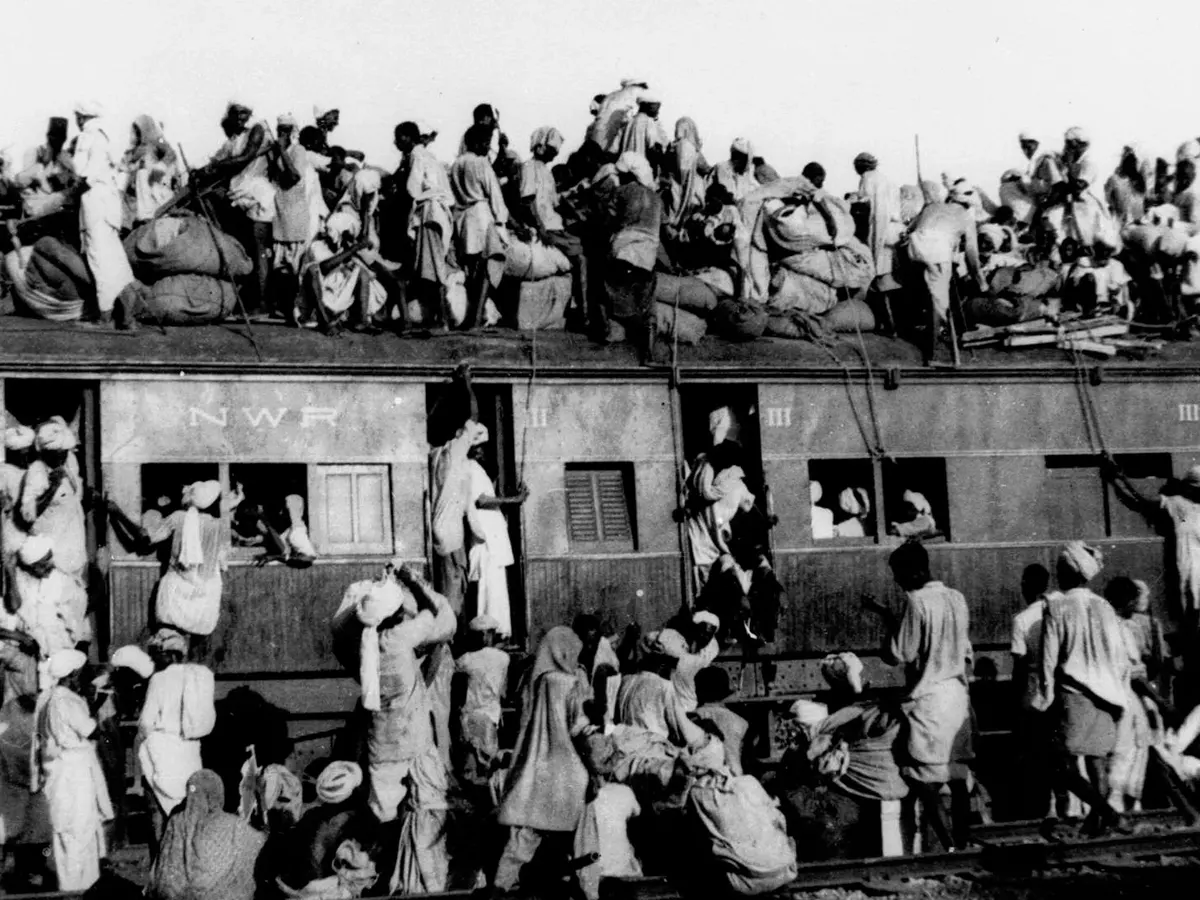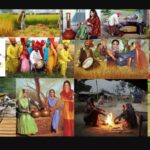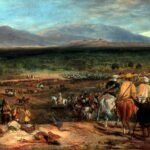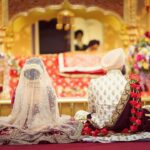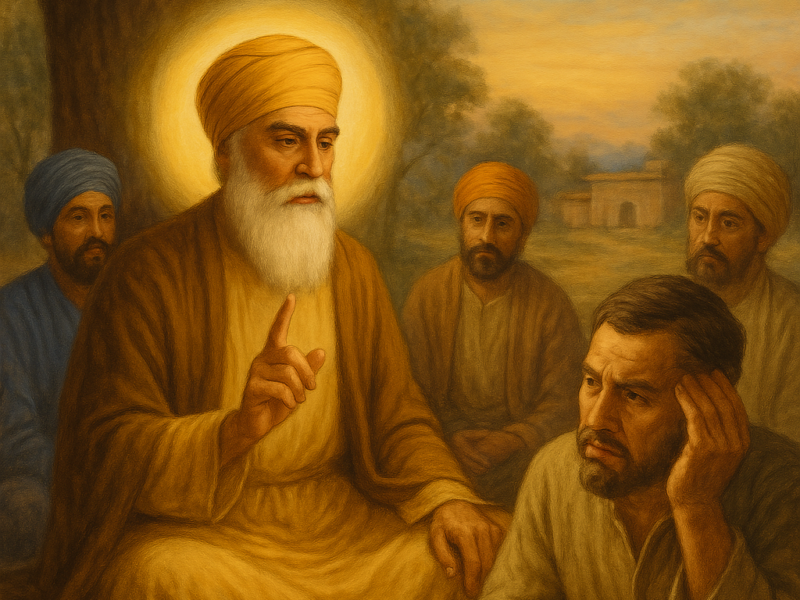The partition of British India in 1947 was a momentous event that resulted in the creation of two independent nations, India and Pakistan. The division of the Punjab province, which was one of the largest and most culturally diverse regions in British India, had profound consequences on the lives of millions of people. This article delves into the impact and legacy of the partition of Punjab, highlighting its far-reaching effects on society, politics, and human lives. With the conquering of Lahore in 1021, the first Islamic invasions of India began in the eleventh century. In 1192, Persianized Turks from what is currently central Afghanistan overthrew Delhi’s Hindu kings. By 1323, they had formed sultanates from Bengal in the east to Gujarat in the west, and one even reached as far south as Madurai, on the tip of the peninsula.
However, medieval Sanskrit inscriptions do not refer to the Central Asian invaders by the title “Muslims,” despite how these conquests are typically thought to have been carried out by “Muslims” today. The immigrants are instead referred to by their language and ethnicity, most frequently as Turushka—Turks—which indicates that they were not mainly seen in terms of their religious identity. Similar to how India quickly welcomed and altered the newcomers even though the conquests themselves were characterized by bloodshed and the destruction of Buddhist and Hindu shrines. A hybrid Indo-Islamic civilization and language, most notably Deccani and Urdu, which combined Indian vernaculars descended from Sanskrit with Turkish, Persian, and Arabic vocabulary, evolved within a few decades. Over time, around one-fifth of people in South Asia came to identify as Muslims. The Hindu texts were frequently seen as having been divinely inspired by the Sufi mystics who were involved in the propagation of Islam. Some even adopted the yogic rituals of Hindu sadhus, wiping ashes on their bodies or praying while hanging upside down.
Human Tragedy and Displacement
The partition of Punjab led to one of the largest and most harrowing migrations in human history. Millions of Hindus, Muslims, and Sikhs were forced to leave their homes and migrate to the newly formed India or Pakistan, depending on their religious identity. This mass movement of people resulted in immense suffering, with widespread violence, communal riots, and loss of lives during the journey.
Loss of Life and Communal Violence
The partition was accompanied by communal violence and animosity between religious communities. Riots and clashes erupted as communities turned against each other in a tragic spiral of violence. The indiscriminate killings and atrocities committed during this time left scars on the collective psyche of both nations and had a lasting impact on their relationships.
Social Economic Disruption
The partition disrupted the social and economic fabric of Punjab. Families were separated, properties were abandoned, and entire communities were uprooted. The sudden upheaval led to economic hardships, poverty, and the loss of livelihood for many people.
Cultural and Linguistic Shifts
Punjab had a rich cultural heritage, with a diverse mix of linguistic, religious, and ethnic communities. However, the partition led to the division of this cultural tapestry, with the eastern part becoming a part of India (East Punjab) and the western part forming a part of Pakistan (West Punjab). This division also led to linguistic changes, with Hindi and Urdu emerging as dominant languages in India and Pakistan, respectively.
Impact on Sikh Community
The partition had a significant impact on the Sikh community, which was spread across both sides of the border. Sikhs faced a difficult choice of deciding which nation to join, and many suffered violence and displacement during the process. The partition also led to the establishment of a separate Sikh-majority state, Punjab, in India.
Legacy of Animosity
The bitterness and animosity created during the partition continue to influence relations between India and Pakistan. The two nations have since fought multiple wars and endured ongoing tensions, with the legacy of the partition acting as a constant reminder of their shared history of violence and division.
Border Disputes
The partition resulted in the drawing of a border, known as the Radcliffe Line, which was intended to be the boundary between India and Pakistan. However, the demarcation was hastily done, leading to border disputes and ongoing territorial conflicts between the two nations, especially in the region of Kashmir.
Cross-Border Movements and Exchanges
Even after the partition, cross-border movements of people, culture, and ideas have continued to shape the lives of those living in the Punjab region. People on both sides have maintained connections with their ancestral land and have engaged in cultural exchanges, despite the political barriers.
In conclusion, the partition of Punjab in 1947 had a profound and lasting impact on the region and its people. It resulted in immense human tragedy, communal violence, and the displacement of millions. The scars of the partition continue to influence the social, political, and cultural dynamics of both India and Pakistan, serving as a stark reminder of the need for peaceful coexistence and understanding between nations and communities.
